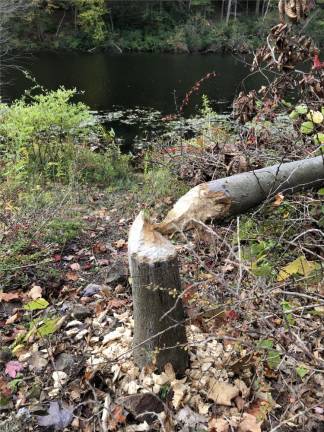Visiting wounded places
Risk getting lost, feeling lost. Then trust you can find your way back.

Places, like people, get wounded. Vandalism, neglect, insensitivity, overuse and the forces of nature all have their way with places held special. When I visit a wounded place, several feelings present, often at once. Anger is the loudest with its judging, blaming, vengeful tones. Quietly, on the sidelines, is the sadness and the maybe identifying with the Place (Am I wounded?). There’s nostalgia for what the place used to be and maybe a flicker of caretaking, how to help the place.
That ice and snow storm of this winter was the most dramatic natural wounding event in a long time. The evidence is still so clear and graphic: all those snapped leaders and branches, those hanging, dangling limbs.
After the shock of it all, I began deliberately going out to see more, to learn about human nature from nature. Somehow, surprise encounters with damaged or misshapen nature was soothing. There was information about pain and repair.
Sunsets, glistening lakes, eagles in trees, budding bushes are OK, but only a small, distracting, part of the story. The relentless search for beauty often keeps us safe from the distress and pain needed for renewal, repair and another beginning. Walks in damaged nature can help us learn to just be with the hurt, to see the larger forces and rhythms at work: that things change over The Seasons and each day and night. The creeks and rivers keep flowing, the earth sprouts, the rain falls. There is a vitality in destruction, offering the possibility of awe and even joy, seeing evidence of that big, quiet, slow, sacred rhythm of death, dormancy, budding, fruiting and decay. If the time is right, we may even feel a welcomed and comforted part of it all. At work here on the margins of nature are the lesser, fleeting, small gods. They can be encountered. But first, no planned “hikes,” no guidebooks. Trust your animal mind, your intuition, your hunches. Risk getting lost, and feeling “lost.” Then trust you can find your way back.
Start at railroad tracks, abandoned lots, swales, even curbs. See what’s washed up from the Hudson at Plum Point, those tires on the shore of Wickham Lake or what the beavers did to this tree at Cascade Lake. Let me know what you find. rustic@warwick.net
Daniel Mack